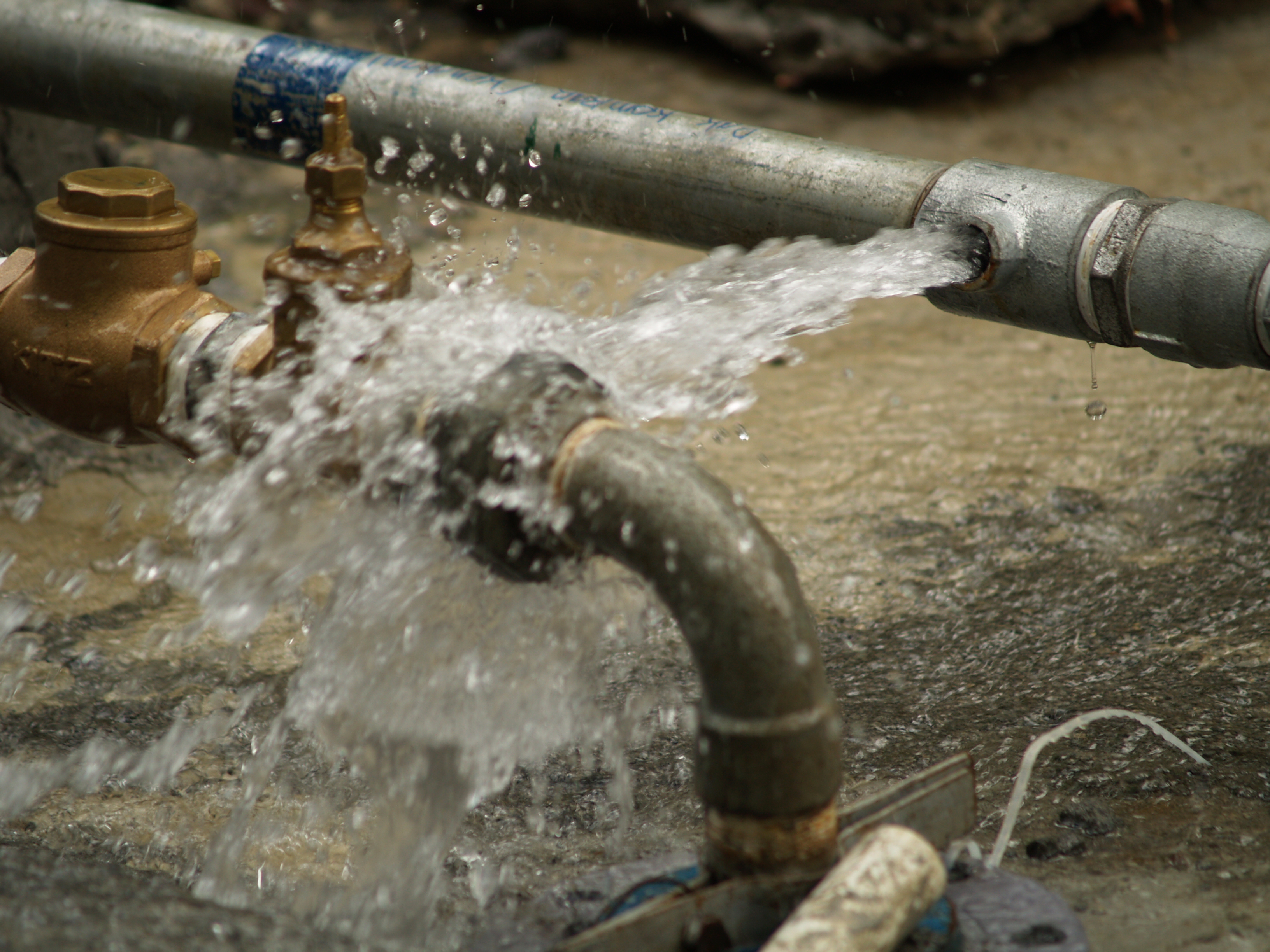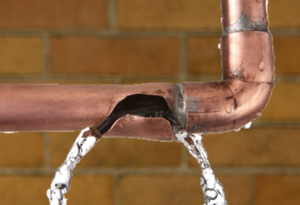Are you looking for information and facts on How to Prepare for Your Dishwasher Installation?

A ruptured pipeline is a significant emergency; you can only stand as you view water you pay dearly to reunite with the planet. In even worse situations, you discover a pool on your cooking area flooring, which is an excellent trip risk, especially if you have youngsters around. If the pipeline that burst was in your wall surfaces, problem: you may need to paint that entire section.
Just how can a catastrophe like a burst pipe be protected against and also handled? Well, by listening to your specialist emergency plumbing technicians and adhering to these policies.
Exactly how do I know when my pipelines have burst?
Fluctuating water stress
Pipes do not simply burst in a day. You might have noticed that your cooking area tap or shower doesn't run quickly when you transform the faucet. It might stop briefly for a few secs and then blast you with even more force than normal.
In other circumstances, the water might seem normal in the beginning, then drop in stress after a few seconds.
Damp walls and water discolorations
Prior to a pipe ruptureds, it will leak, the majority of times. If this consistent leaking goes undetected, the leak might finish into a vast laceration in your pipe. One very easy method to prevent this emergency is to watch out for wet wall surfaces ad water discolorations. These water spots will lead you right to the leakage.
Puddles under pipes and also sinks
When a pipe ruptureds, the outflow forms a pool. It may show up that the puddle is expanding in size, and also no matter the amount of times you mop the pool, in a few mins, there's one more one waiting to be cleansed. Typically, you may not have the ability to trace the puddle to any kind of visible pipelines. This is an indication to call a specialist plumber.
Untraceable leaking sounds
Pipe ruptureds can happen in one of the most unpleasant locations, like within concrete, inside walls, or under sinks. When your home goes quiet, you may have the ability to hear an annoyingly consistent dripping noise. Also after you've inspected your shower head and kitchen area faucet, the dripping may proceed.
Dear visitor, the trickling may be originating from a pipe inside your walls. There isn't much you can do concerning that, except tell a specialist plumber.
Shut off the Water
When water freezes, it increases in volume by regarding 9 percent. And also it increases with remarkable pressure: The stress inside pipes may go from 40 extra pounds per square inch to 40,000 psi! No pipe can hold that much pressure, so it bursts. The break might occur where the ice types, however regularly, it occurs where water pressure locates a weak point in the pipeline. That may be inches or even feet from the frozen location. Locate the water shutoff valve and shut off the water to avoid even more damage. You might likewise require to shut down the electricity too, depending on where the leaks happens as well as just how large it is.
Contaminated water
Many people presume a burst pipe is a one-way outlet. Rather the contrary. As water drains of the hole or tear in your plumbing system, impurities discover their method.
Your water might be polluted from the source, so if you can, inspect if your water storage tank has any type of issues. Nevertheless, if your drinking water is supplied and purified by the local government, you need to call your plumber quickly if you see or scent anything funny in your water.
What do I do when I spot a burst pipe?
Your water meter will continue to run even while your water wastes. To minimize your losses, find the main controls and turn the supply off. The water mains are an above-ground structure at the edge of your residential or commercial property.
How to Fix & Detect a Leaking Pipe
How Do I Know if a Pipe is Leaking?
Leak detection tests can help you determine if your pipe has a leak. Even if you don’t see an apparent leak, you should still conduct leak detection tests regularly to save water and money—and prevent major damage to your home.
Water meter. It can be helpful to figure out what your usual water meter usage numbers are and then monitor them regularly. To monitor your meter, first, turn off all water faucets in your home. Check the meter and write down the numbers. In a few hours, check the meter again. If the numbers have changed, you have a leak. Water gauge. Use a water gauge to test your water pressure. Your showerhead should produce a certain amount of water pressure based on its model and design. If the pressure is lower than it is supposed to be for that specific showerhead, your home likely has a leak. Puddles. Look inside your bathroom, laundry, and kitchen sink cabinets. Puddles around the cabinets or around toilets, tubs, showers, and washing machines indicate the presence of a leaking pipe. You may also notice loose tiles, peeling or flaking paint, or mold caused by water accumulation. Napkin test. Even if you don’t see any puddles, you may still have a leak. You can test for water leaks in the bathroom, laundry, and kitchen by wiping below-sink connections with a napkin, paper towel, or piece of toilet paper. If it becomes damp, you probably have a leaking pipe under the sink. Discolored walls. Walls that are discolored—usually with brown or yellow stains—or bulging might mean that they have been impacted by water damage caused by a leaking pipe. Smell. A leaky pipe will create sitting water, and over time, that water may develop a musty smell. If your home smells musty, but you can’t locate the source, it may be due to a leak. Steps for Fixing a Leaking Pipe
A leaky drain can be remedied by tightening the pipe base, replacing the drain seal, caulking the rim, and tightening the pipe nut. Similarly, a leaking toilet pipe can be treated by tightening the packing nut. You may also need to replace the valve. A leaky faucet may just need tightening or replacement of the washers. If that doesn’t work, consider replacing your faucet. If your pipe has a hole in it, you may want to use a pipe leak sealer or pipe leak tape. This quick fix for water pipe leaks can also temporarily fix a copper pipe leak. https://www.ahs.com/home-matters/quick-tips/how-to-tell-if-pipes-are-leaking/

Do you like reading about How to Install and Connect a New Dishwasher? Try to leave feedback down the page. We will be delighted to see your views about this write up. Hoping to see you back again before long. Those who enjoyed reading our blog posting kindly be sure to pass it around. I praise you for your time. Come back soon.
Request Service